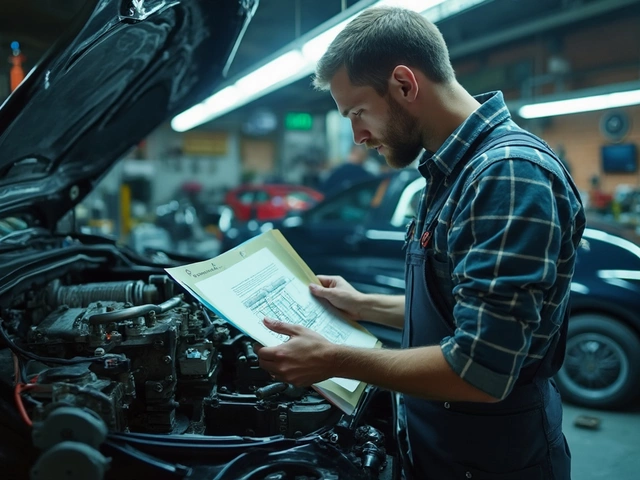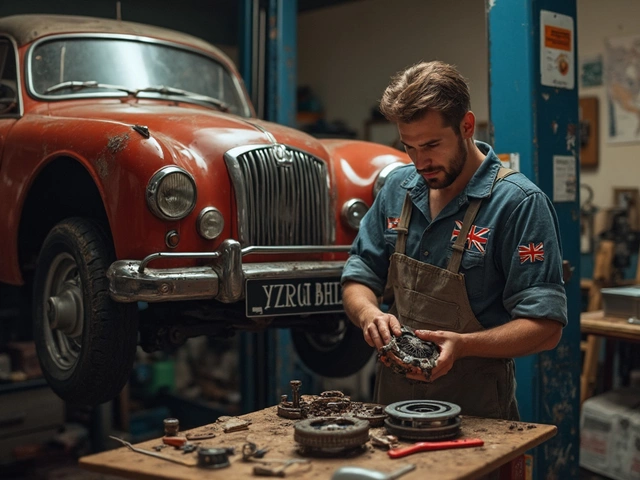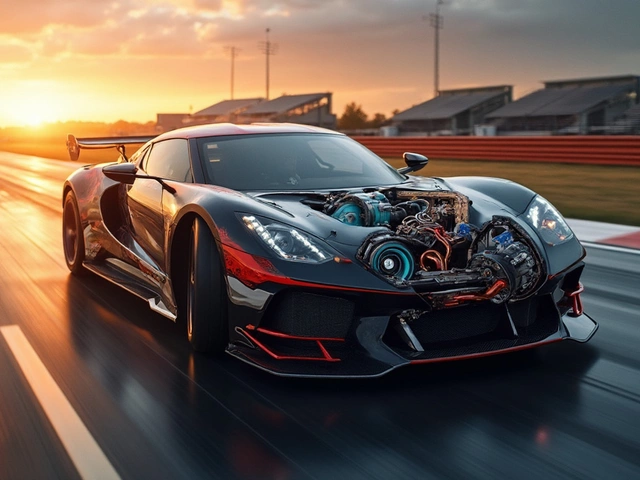Picking the right clutch is like choosing a pair of shoes. The wrong fit can cause a world of hurt, but the perfect pair? Magic. Diving into the world of stage clutches, you're going to bump into some jargon, sure, but I'm here to cut through the noise. You and I will tackle what these stages actually mean and how they translate into everyday driving.
You see, clutch 'stages' are like the spice level to your car's performance curry. Stage 1 is mild—just a touch of heat that's comfortable for the daily commute. Stage 2 cranks it up a notch, offering you a balance, perfect for those who like a dash of weekend adrenaline. Stages 3 and beyond? Well, now you're stepping into hot pepper territory, built for serious track enthusiasts who live for those pulses of pure power.
Understanding your needs and aligning them with the right stage means grabbing hold of the best performance your car can offer. Whether you’re gearing up for a seamless daily ride or prepping for some spirited track days, we'll walk through these stages together so you can make the best choice for you and your trusty road companion.
- Understanding Clutch Stages
- Stage 1: The Daily Driver's Pick
- Stage 2: Balancing Performance and Comfort
- Stage 3 and Beyond: High Performance Only
- Making the Right Choice for Your Vehicle
Understanding Clutch Stages
Alright, let’s get into what makes these stage clutches different. It’s not smoke and mirrors; it comes down to how much power your car is pushing and what kind of grip you need. Generally, the clutch stage you choose should match your vehicle’s performance level and how you plan to use it.
First, let’s break down the basic idea. A clutch's job is to connect the engine to the wheels efficiently. When we talk about 'stages', it's really about how aggressive the clutch is in handling power. Stage 1 is typically for stock vehicles or lightly modified cars. It's perfect for daily drivers who want something reliable yet a tad more durable than a factory clutch.
Stage 2 clutches usually bring a little more toughness and can handle higher horsepower. They’re a great pick for folks with cars that have moderate modifications—think intake, exhaust upgrades, or a small boost in power. This stage finds a sweet spot between long-term durability and decent driveability.
Now, when you step up to Stage 3 and beyond, you're really talking business. Designed for high-output engines, these clutches can endure the stress of racing and significant power spikes. But fair warning, they can be tough on the legs if you’re using it for your everyday run to the store. Not everyone’s cup of tea for daily commutes.
- Stage 1: Perfect for daily drivers, with light performance mods.
- Stage 2: Balances daily driveability with performance for moderately modified vehicles.
- Stage 3+: Best for track and high-performance environments, not always ideal for casual use.
These stages cater to different driving needs. The right match ensures you’re not just spinning wheels but getting the most out of your clutch kit. So before you dive into a performance boost, think about how and where you drive, and pick a stage that complements it.
Stage 1: The Daily Driver's Pick
Alright, picture this: your car is your everyday partner-in-crime, taking you from the school drop-off line to the office and back through city traffic. This is where a Stage 1 clutch comes into play. It's ideal for cars that see a lot of street action but don’t need to do any fancy track stunts.
Stage 1 clutches are designed to be compatible with your car's stock flywheel and pressure plate. They offer a noticeable bump in performance without compromising on comfort. This means you get a smoother transition when changing gears, making your daily drives less of a grind and more of a glide.
The key difference in a Stage 1 is the material used. Often, they're made from an organic compound mixed with a bit of carbon—which gives it that extra durability and grip over the regular ones. But don't worry, it'll still feel pretty much like what you're used to, just with an extra oomph when you need it.
If you're wondering about longevity and cost, a Stage 1 clutch usually sits in a sweet spot. It offers better wear resistance compared to standard OEM clutches. And while it might cost a bit more upfront, it may save money in the long run with fewer replacements. Plus, installation is usually pretty straightforward, so you won't be out of commission for long.
For those keen on numbers—and who isn't?—here's a fun tidbit: Stage 1 clutches typically handle about 20% more torque than a regular clutch. That’s a nice reserve of power for when you need to speed up from a stoplight or pass that slowpoke in the fast lane.
The bottom line? A Stage 1 clutch is your go-to for a reliable, everyday ride with a bit of performance edge. It’s all about improving your daily driving experience without any of the drama. So if you're after a smooth, reliable upgrade, this might just be the clutch kit for you.
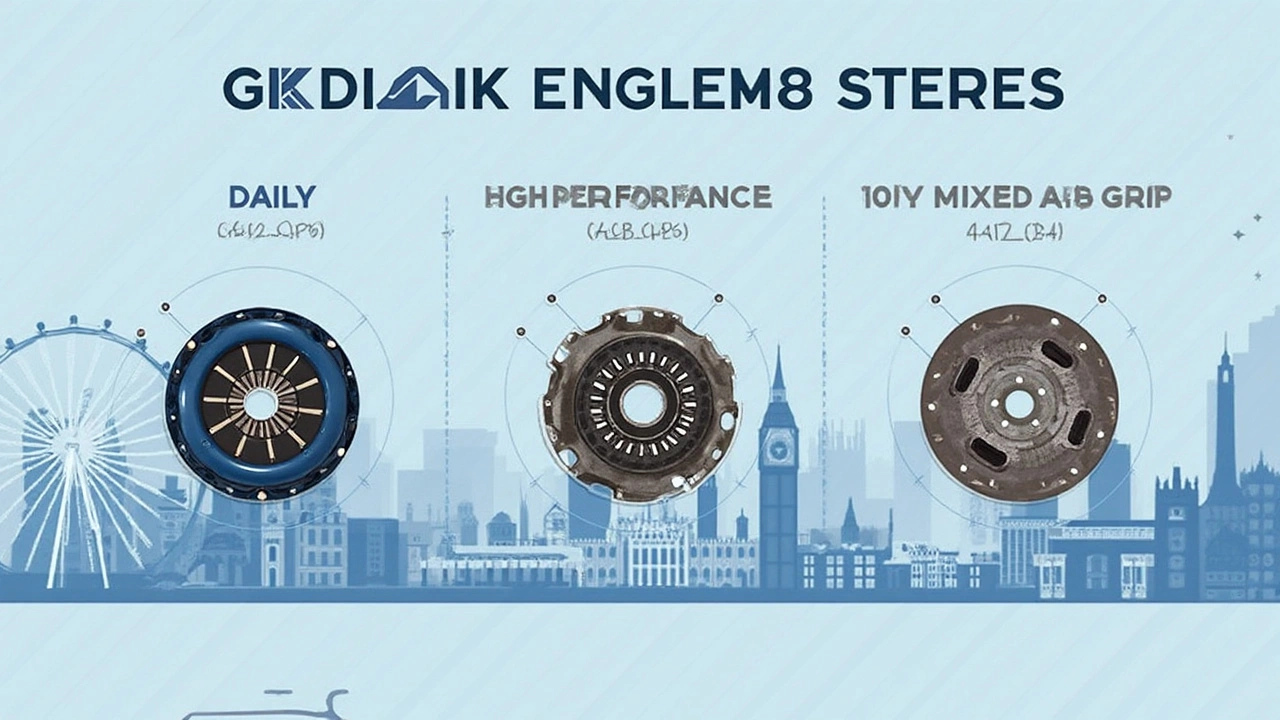
Stage 2: Balancing Performance and Comfort
If you’re looking to spice up your drive but still want to keep some of that daily comfort, the Stage 2 clutch might just be your match made in gearing heaven. It's like adding a turbo boost to your car’s soul without turning your ride into a bucking bronco.
The beauty of a Stage 2 clutch lies in its ability to handle a bit more power. We're talking about that enthusiastic weekend warrior kind of stuff. Its secret? Usually a mix of beefed-up materials like carbon or Kevlar that's tougher than standard clutches, giving you that extra grip when your foot’s on the floor.
That doesn't mean your daily commute turns into a chore, though. A lot of Stage 2 kits are designed to maintain a decent level of drivability. You might notice a bit more pedal effort or a slightly firmer engagement, but it’s nowhere near the intensity of higher stages. It's still manageable for red lights and rush hour.
Think your car's stock setup is letting you down when you try to push it? A Stage 2 clutch can often handle around 25-50% more torque than factory options, depending on the specifics. That's ideal if you’re running mild engine mods or enjoying a turbo upgrade that gives your engine an extra oomph.
Plus, for the long haul, these clutches typically offer better heat resistance, meaning they can take the heat from higher power outputs without prematurely wearing out. Trust me, clutches smoking out in the wild are never a good look.
So, is Stage 2 calling your name? If you're looking for that middle ground where spirited performance meets daily usability, this might be your sweet spot. It's like having your cake and being able to occasionally hit the gas, too.
Stage 3 and Beyond: High Performance Only
If you’ve got a need for speed, then you're probably eyeing stage clutch setups in Stage 3 and beyond. These kits are pure muscle, built for maximum grip and minimum slippage. Perfect for track days or serious drag races, they offer explosive starts and quick shifts without holding anything back.
Stage 3 clutches are often constructed with tougher materials, like carbon or ceramic composites. This gives them the ability to withstand more heat and wear, something your everyday clutch just can’t handle. These clutch kits mean business. They're not exactly the friendliest for daily drives, as the engagement can be abrupt. But hey, if you’re looking for high performance and don't mind trading some comfort for it, they deliver.
As you go beyond Stage 3, you're really stepping into the world of super high-performance clutches. These setups might use multi-disc systems to spread the load and reduce clutch pedal pressure, which is crucial when your engine’s cranking out serious horsepower. They’re the go-to choice for enthusiasts who always have one foot on the throttle and an eye on the clock.
Here's a simple comparison of the materials used in high-performance clutches:
| Stage | Material | Best Use |
|---|---|---|
| Stage 3 | Ceramic | Track & Drag |
| Stage 4 | Carbon | Heavy Gauge Racing |
| Stage 5 | Multi-Disc | Professional Motorsports |
Remember, with all that power, these clutches will usually have a shorter lifespan when not used for their intended purpose—track and performance situations. But when used right, they let you extract every bit of power from your machine, truly turning your ride into a beast on wheels.
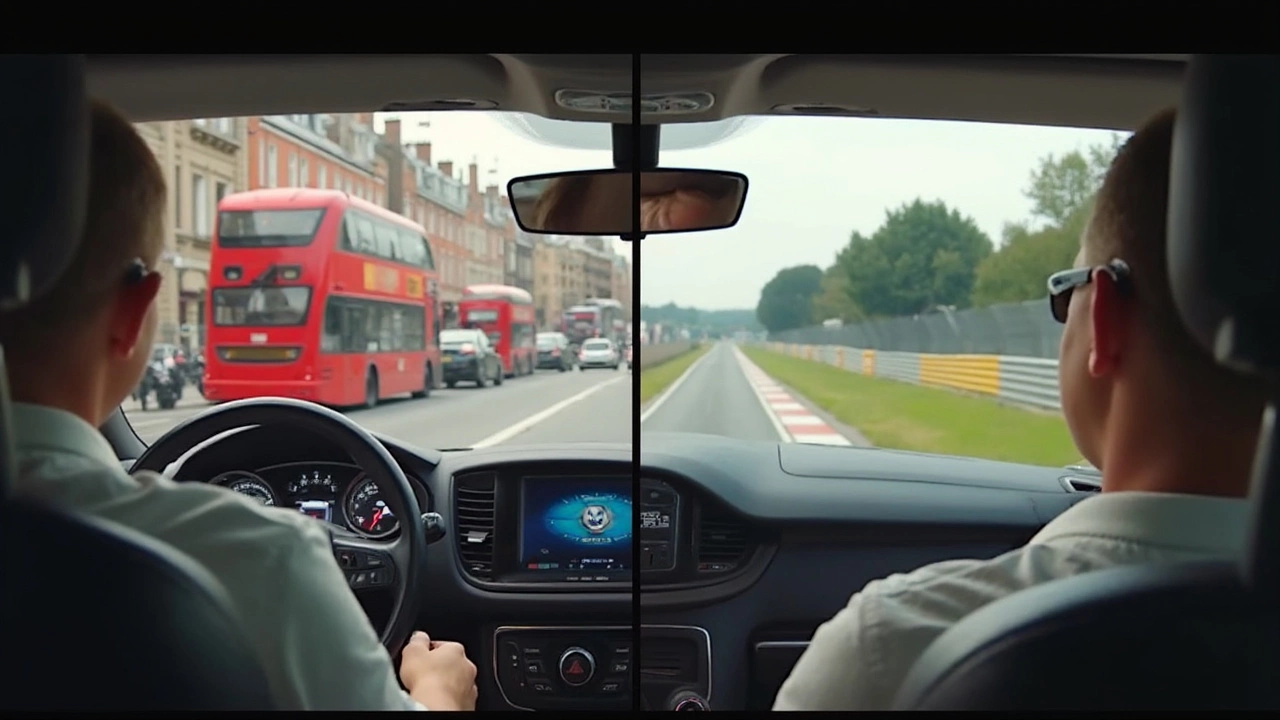
Making the Right Choice for Your Vehicle
Alright, let's get to the nuts and bolts of picking the right stage clutch for your car. Before you make a decision, it's handy to understand what your driving days usually look like. Do you treat your car like your partner in crime on mundane errands, or is it more like your racehorse on weekends?
Consider how much extra grip and torque capacity you actually need. Stage 1 is just fine if you’re sticking to highways and city streets—it's designed to match new drivers and those who crave a smooth drive. Meanwhile, Stage 2 clutch kits are for the folks who want a bit more kick. It’s the sweet spot if you're planning some occasional spirited drives or minor upgrades like a sport exhaust.
When you've got serious muscle under the hood, maybe after turbocharging, Stage 3 or even higher might be worth considering. Keep in mind though, these aren’t for the faint-hearted daily commutes. They're all about handling intense power and putting it to the pavement. Not exactly subtle, but if sheer performance is your game, they’re your play.
Let’s not overlook one biggie—your budget. Performance performance clutch kits can cost a pretty penny, especially as you move toward higher stages. It's like investing in a good toolset; you want quality that matches your demands without breaking the bank.
If you're scratching your head about which way to go, chat with a trusted mechanic or even hit up online forums. There’s a world of enthusiasts eager to share their experiences and sprinkle some real-life wisdom on your decision-making process.
To wrap things up, think about your driving style, your car’s power potential, and what's affordable. When all these puzzle pieces click into place, you'll have a best clutch match that's capable of elevating your driving adventure, not overwhelming it.
